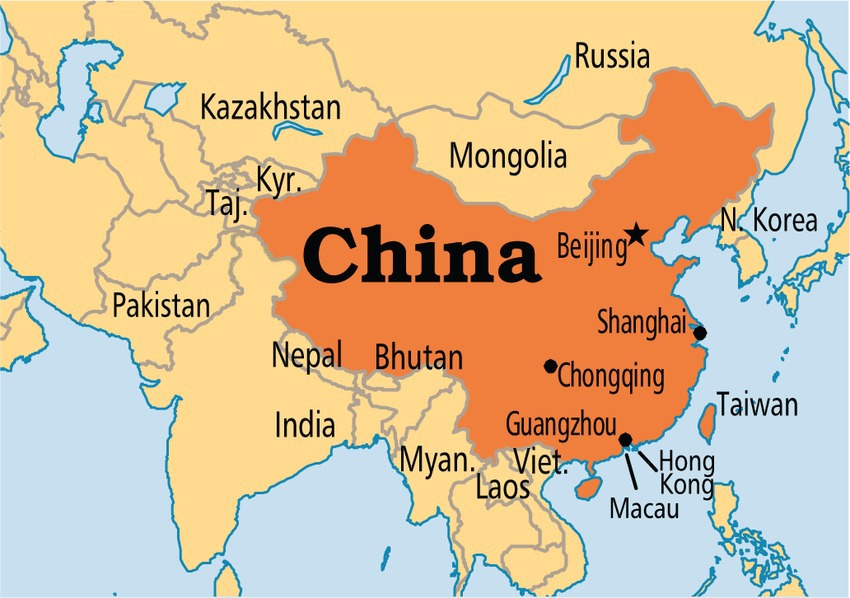Banning Chinese Apps | 17 Feb 2022
For Prelims: Location of China and other countries around it.
For Mains: Economic Impact of Banning Chinese Apps, Government Policies & Interventions, India China Relations.
Why in News?
Recently, the Ministry of Home Affairs has recommended a ban on 54 Chinese mobile applications, including the popular game Garena Free Fire over concerns related to privacy and national security.
- In 2020, the government also banned TikTok and other popular short video apps from China.
- The decision to ban such apps in India is not only a geopolitical move but also a strategic trade manoeuvre that can have significant economic impact.
- Earlier, it was found that India’s trade with China in 2021 crossed USD125 billion with imports from China nearing a record USD100 billion, underlining continued demand for a range of Chinese goods, particularly machinery.
What are the Pros of the Decision?
- Help in Serving Nation’s Tech Market:
- Banning these Chinese websites and applications to the Indian public effectively allows our home-grown IT talent to focus on the newly arrived Internet user.
- Big tech firms from Silicon Valley (US) and China in both hardware and software have been in a tussle over the Indian consumer, but India’s focus remains on exporting IT services while paying little attention to servicing our own nation’s tech market.
- Banning these Chinese websites and applications to the Indian public effectively allows our home-grown IT talent to focus on the newly arrived Internet user.
- No Longer Reliance on Passive Diplomacy: Banning these apps also sends a clear message from India that it will no longer be a victim of China’s Nibble and Negotiate policy and will review the norms of engagement.
- Standoff in Ladakh Continues.
- Hurting Chinese Ambition: The ban may affect one of China’s most ambitious goals, namely to become the digital superpower of the 21st century.
- In its attempt to dominate the rest of the world, the Chinese Internet industry needs India’s 500-plus million netizens to continue to act as a training ground for the Artificial Intelligence algorithms they put together.
- Recognising Importance of Data: India’s app ban, and consideration of related restrictions on telecom hardware and mobile handsets, is based on the recognition that data streams and digital technology are a new currency of global power.
What are the Cons of the Decision?
- Data Privacy Issue Not Limited to Chinese Apps: In recent times apps were banned on reports of stealing and transmitting users data in an unauthorised manner to servers which have locations outside India.
- However, data privacy and data security concerns are not limited only to Chinese apps.
- India’s Economic Dependencies on China: The ban on Chinese mobile apps is a relatively soft target, as India remains reliant on Chinese products in several critical and strategically sensitive sectors.
- No Replacement Available: After the removal of more than 118 Chinese apps, Indian techies have started trying to fill the holes with copycat replacement websites and applications. But faithful copies are not enough for us to make full use of China’s exit.
Way Forward
- The primary Indian IT objective must shift from servicing others to providing for ourselves.
- In the absence of Chinese tech, Indian entrepreneurs should not simply look to replace what the existing firms have so far been providing but they should focus instead on providing services and products of high quality that will be used by everyday Indians across the country.
- The aim of providing netizens with the same services across diverse markets is overarching — regional barriers created by language exist within our own nation.
- These provide an accretion of excellent smaller markets, with opportunities for specialised Internet services created for a local community, by the community itself.
- The fundamental focus of the new digital products that plan to emerge in the growing market should be to provide for hyper-regional necessities and preferences. With this in mind, there are several commercial opportunities available.
- For example, apps and services that provide specific market prices, local train and bus routes, allow for non-traditional banking and lending, education, health, online sales, classified advertising,and so on.

